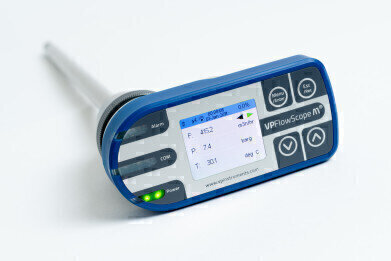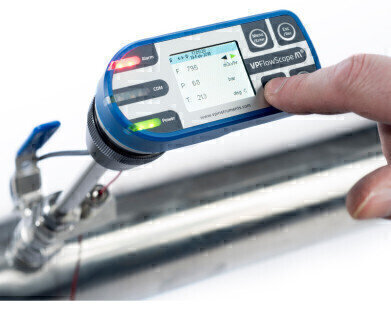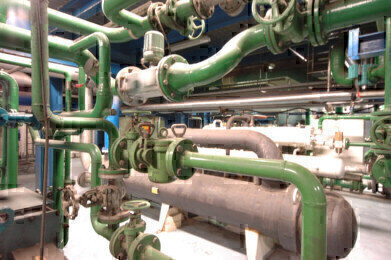Environmental Laboratory
Some straight talk on field accuracy of flow metres
Nov 10 2020
When talking about the accuracy of flow meters, it is important to have some basic knowledge about what influences it. We see a lot of discussions on e.g. social media, where people are making statements about accuracy without telling the true story. In this article, we will give you some practical answers to common questions.
Spot/ single point type flow metres
In some discussions about flow metres we see statements like: “with our flow metre, you only need 10 to 15 Diameters straight upstream length”. In fact, this is not possible on planet Earth, when measuring compressed air or gas with a spot measurement type, or “single point type” flow metre. It is against basic Physics.
Now, what is considered a “spot measurement/ single point type” flow metre? These are all flow meters that calculate flow based on a velocity measurement in a single point in the pipe. An obvious example is the insertion flow metre, which is one of the most used flow metre types for audits, like VPInstruments’ VPFlowScope M. Another example, less obvious from the outside, is an ultrasonic clamp-on meter. This metre also measures the flow in one straight path. Some meters use more advanced technologies, like double path, or even multiple paths, but these are less commonly used in compressed air applications.
Field accuracy vs. specifications
In compressed air applications, even the most accurate flow metre can be misapplied, which may result in large systematic errors or random erratic readings. In compressed air flow audits, especially in old, existing compressed air systems, obtaining realistic measurement data can be a very tricky thing, as all “spot measurement type” flow metres are prone to up- and downstream disturbances. These disturbances are often causing large deviations.
Examples of items that can disturb the flow profile are double elbows, abrupt diameter changes, and large T-pieces. In many cases, the customer can only place the flow metre 5 or 10 diameters downstream of these items, which will have a large influence on the field accuracy.
A flow meter is calibrated under ideal conditions, which means it will be subjected to a known, symmetric velocity profile in a reference pipe with known inner diameter. But when you have to install a flow metre in a pipe on a too short distance from potential disturbances we advise you to add at least 5% to 10% to your uncertainty budget and make sure all parties involved are aware of the additional measurement uncertainty. Especially when “testing” compressor performance in the field, one needs to be very careful.
Turbulent vs. Laminar
We still hear people talking about “laminar flow” in compressed air. Let’s get this straightened out as well. Did you know that compressed air, due to the high velocities and large pipes, is always turbulent? In compressed air networks, you will never reach laminar flow unless you are measuring very low velocities. Why?
Read the entire article on the website of VPInstruments. Click here.
Digital Edition
IET 34.2 March 2024
April 2024
Gas Detection - Biogas batch fermentation system for laboratory use with automatic gas analysis in real time Water/Wastewater - Upcycling sensors for sustainable nature management - Prist...
View all digital editions
Events
Apr 22 2024 Hannover, Germany
Apr 22 2024 Marrakech, Morroco
Apr 23 2024 Kuala Lumpur, Malaysia
Apr 23 2024 Kintex, South Korea
Apr 23 2024 Edmonton, AB, Canada




















